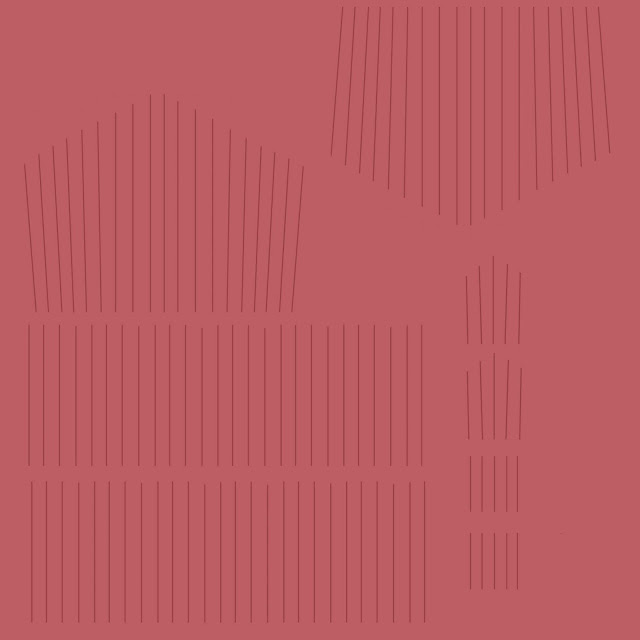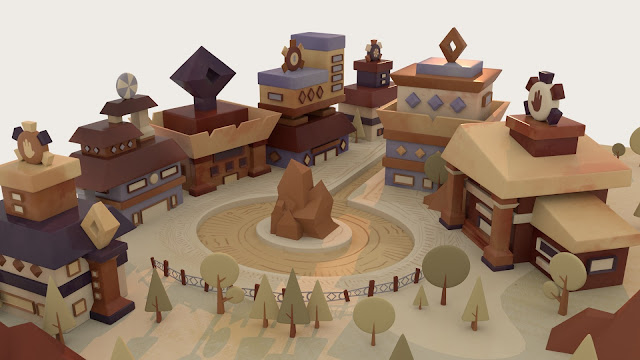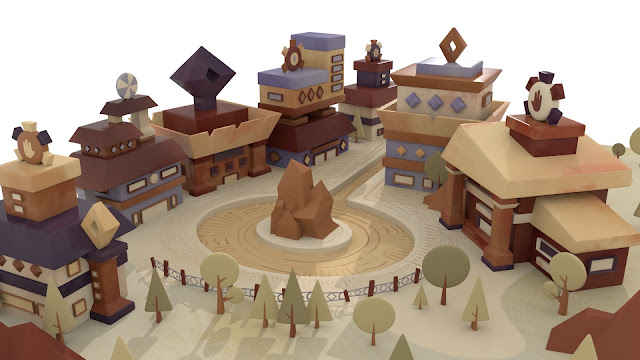To start with, I opened my "Ground" file and began importing all of my individual key assets and roughly placing them where they should go according to my concept painting. I did the same with the street furniture as well.
I then began scaling them all to the right sizes and rotating/moving them into the correct position. Some of the street furniture required duplicating and I copied the building at the front on the left side of the screen and placed it at the back (as well as editing its model slightly so it wasn't exactly the same) to fill some of the blank space left behind.
To make navigating the outliner easier, I grouped my objects into key assets and street furniture. I then created my camera and moved it into position so I could later use a temporary skydome light and a directional light. I turned the samples on both lights up to 3 and set the exposure to 1 so the lighting would be suitable, and completed a test render of my city so far:






















































